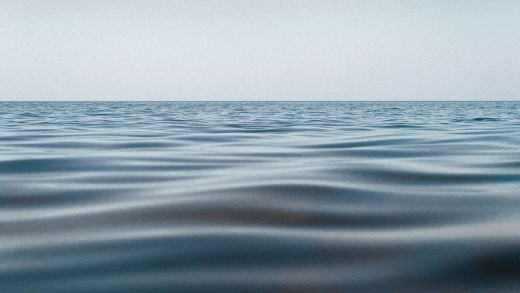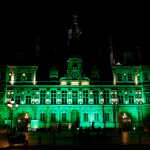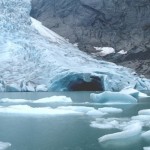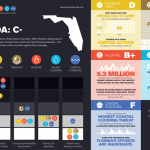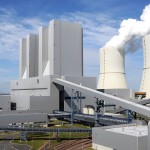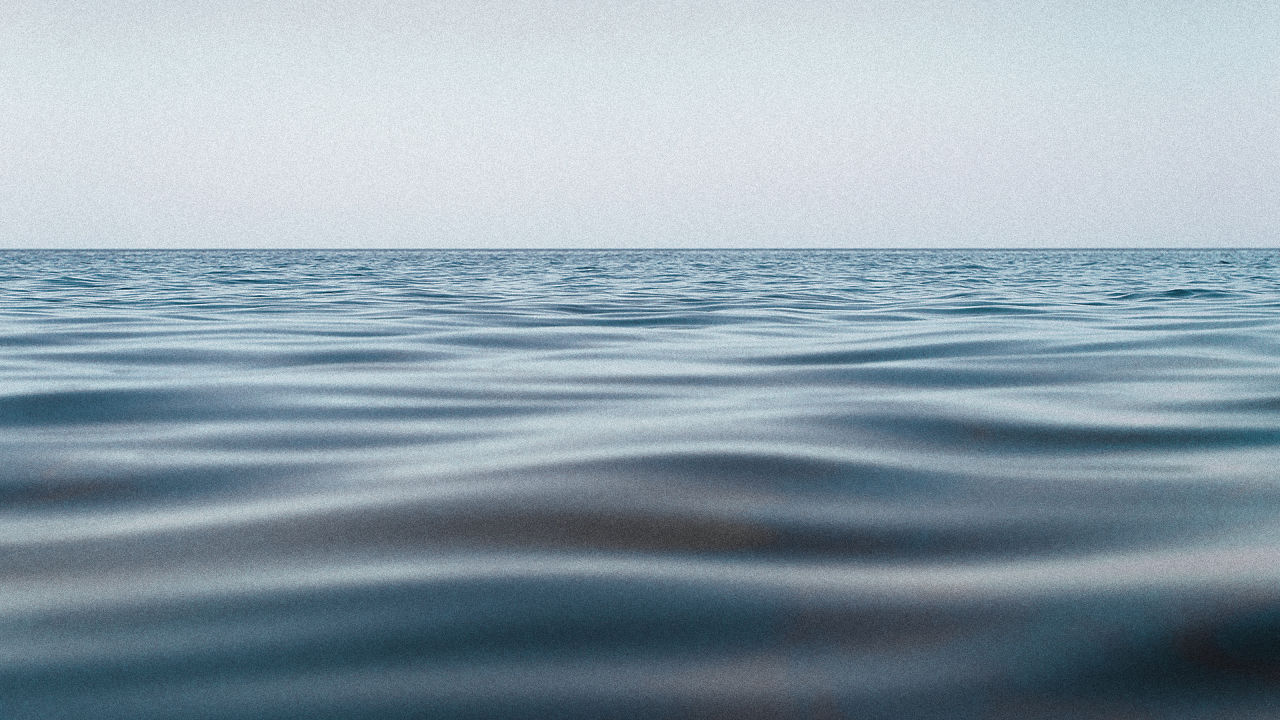the newest XPrize Winner Can inform Us How bad Ocean Acidfication Is Getting
The winners of the ocean health competitors developed reasonably priced pH sensors and won $1.5 million—and they hail from landlocked Montana.
July 21, 2015
Ocean acidification is every now and then called local weather trade’s evil twin. while each are happening as a result of too much carbon pollution and acidification is just as serious, it does not get as a lot attention. The latest XPrize competitors was designed to change that, offering $2 million prizes to researchers who may give you new methods to measure the scope of the issue.
because the ocean sucks up our additional carbon, seawater turns into extra acidic, melting the shells of the tiny creatures on the bottom of the meals web. no longer exceptionally, this is not excellent news for those of us on land either—but we do not even understand how quick it is happening. The XPrize requested for two options: a cheap pH sensor, and some other that was once as accurate as conceivable, even 3,000 meters beneath the ocean surface.
“there may be this huge market failure that we recognized,” says Paul Bunje, the prize lead at XPrize. “there’s nearly no funding within the forms of devices, sensors, and different things with a view to inform us what’s taking place chemically within the ocean. because the ocean governs a lot of what happens on the earth, this is a massive hole in knowledge that needed to be crammed.”
5 finalist groups put their sensors thru a battery of checks, beginning at a lab at the Monterey Bay Aquarium in California, progressing to the coast off the Seattle Aquarium, and ending with a six-day go back and forth to the middle of the Pacific Ocean to plunge the sensors deep underwater.
One group, Sunburst Sensors from Montana, ended up successful the $750,000 first prize for each categories. “We in reality convey back seawater every so often from the coast in five gallon jugs,” says Sunburst Sensors CEO James Beck. “We also couldn’t take a look at the 3,000 meter aspect—in fact there is nothing 3,000 meters deep in Montana.”
Their designs attract a sample of seawater, combine it with dyes much like what might be utilized in litmus paper, after which shine a laser during the water to measure the pH. Their reasonably priced sensor will cost beneath $1,000 to fabricate, compared to over $15,000 for similar sensors. As a sensor company, it is something that they’d wanted to work on, however the potential for the XPrize spurred action. “It forced us to in point of fact speed up construction and to in truth have a working instrument in a brief amount of time,” Beck says. the other sensor, which works at three,000 meters underwater, wasn’t something they’d thought to be previously.
Now, the corporate will work on bringing the sensors to market. however particularly, so will probably the most other groups—even some who didn’t make it into the finals, and some who had by no means labored on ocean sensors earlier than. That, after all, was once what the team at XPrize hoped would possibly occur.
“we have now all these ideas about how prizes can be tremendous impactful, turn out to be communities, and that truly the purse is handiest a small a part of it,” says Bunje. “however when you find yourself designing and working a prize, there may be a terror that you are not going to get these things. part of the keenness you hear in my voice these days is that these issues are happening…it can be a validation of markets being picked up. Two years from now, what you are going to see in relation to the sensors—in addition to the neighborhood of innovators working on ocean chemistry—i am now confident that it is going to be exponentially greater than as of late.”
[high photo: Ipatov by means of Shutterstock]
(120)

